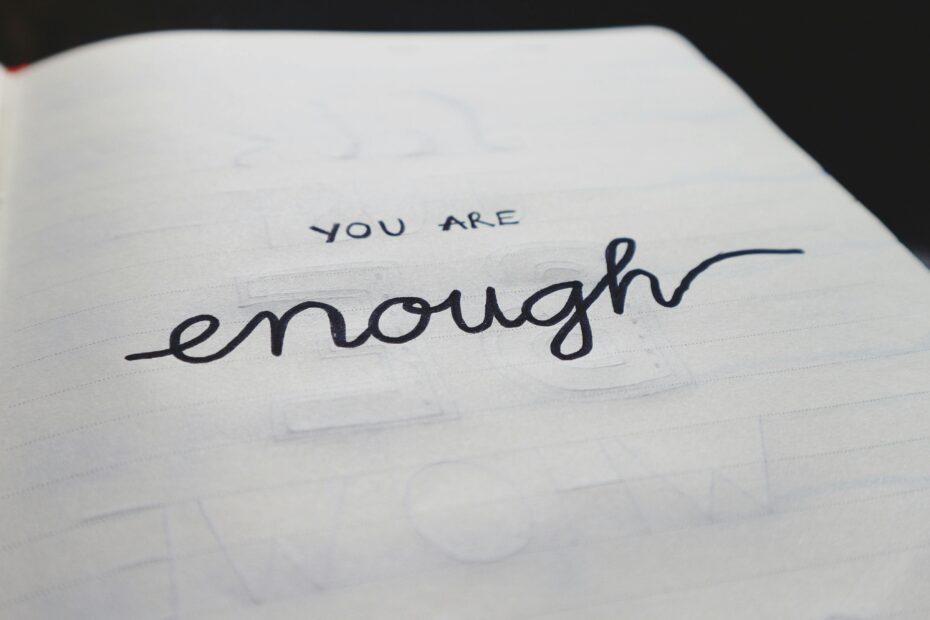Innovation, art, and problem-solving are all influenced by the potent energy of creativity. Nevertheless, many of us are unaware of the precise things—people, occasions, or surroundings—that stimulate our creative ideas. Even worse, by ignoring these sources as diversions, we could unintentionally limit our capacity for creativity.
This blog focuses on recognizing and cultivating your life’s creative roots.
Why We Fail to Identify Sources of Creativity
A lack of awareness or misjudgment sometimes causes the failure to perceive creative sources. These tendencies keep us from building the ideal environment for creativity.
- Mislabeling Inspiration as Distraction: Many creative triggers are disregarded as useless, such as daydreaming, informal interactions, or a casual chat with your partner. However, research shows that distractions like daydreaming may broaden cognitive horizons and inspire more creative thoughts.
- Fear of Judgment or Failure: Perfectionism and external expectations can prevent us from pursuing novel concepts or settings that could inspire creativity.
- Overthinking and Multitasking: Mental exhaustion brought on by overthinking or multitasking can impede the flow of original ideas.
How to Identify Your Sources of Creative Thought
Finding the source of creativity is the first step in efficiently harnessing it. Here are a few approaches:
- Reflect on Past Creative Moments: Recall the times when you were most inspired. Was it during a conversation with your mentor, friend, or lover? While observing nature? Or in solitude? Identifying trends might help you determine your creative triggers.
- Pay Attention to Emotional Responses: Emotional engagement is often the source of creativity. Take note of what inspires or motivates you, whether a work of art, a problematic issue, or a casual conversation.
- Experiment With Environments: A variety of environments foster creativity. Try working in various settings, such as quiet rooms, parks, or cafes. According to research, settings are essential for encouraging creative thinking.
- Seek Feedback from Trusted Sources: Other people sometimes notice things we miss. Ask them for their opinions on what motivates you to think creatively.
- Track Your Daydreams: Daydreaming is often viewed as idle behavior, although it may be a valuable source of creative connections. Keep a journal to record any thoughts that arise during these moments.
How to Nurture Your Sources of Creativity
Activities that pique curiosity, promote inquiry, and cultivate an atmosphere that supports creative thinking are all part of nurturing creativity. The following are some vital techniques for fostering creativity:
- Create Space for Reflection: Set a time to reflect thoroughly and without interruptions. Rest intervals allow ideas to mature subconsciously during the incubation stage of the creative process.
- Curiosity Feeding: Participate in activities that expand your knowledge and experiences, such as reading, listening to lectures, or acquiring new skills. This contributes to the development of a diverse array of perspectives and ideas.
- Eliminate Negative Distractions: Some distractions encourage creativity, while others, such as incessant notifications, inhibit it. To stay focused during creative work hours, turn off gadget notifications.
- Engage with Inspiring People: Surround yourself with people who inspire and push you. Colleagues, mentors, friends, and life partners can help you see things from different perspectives.
- Balance Structure and Freedom: Utilize time-management tools, such as daily planners, that leave room for nurturing impromptu ideas.
- Cultivate Intrinsic Motivation: One of the main forces behind creativity is a passion for the work one performs. Rather than concentrating on tasks motivated by external rewards, focus on those that genuinely thrill you.
- Embrace Play and Creative Exercises: Participate in activities that foster curiosity and playfulness, such as experimenting with unconventional ideas or discovering new interests. Take part in puzzle-solving, painting, or creating new dishes. These activities promote unconventional thinking and strategic thinking.
- Reframe Challenges as Opportunities: Consider challenging issues as opportunities to develop your creativity using diverse thinking strategies rather than avoiding them.
Creativity does not just happen; it is influenced by the people we encounter, our places, and our experiences. We may unleash our creative potential by recognizing and fostering these sources of creativity. The secret is to seize these chances rather than brush them off as diversions, whether drawing inspiration from daydreams or picking the brains of mentors, friends, or life partners.
Therefore, pause now to consider your sources of inspiration and commit to turning those creative ideas into innovation!
At Vineet Sethi Consulting, we believe that Business and People are two sides of the same coin. Our approach to transforming organizations, teams, and individuals is based on Standard Customization, stemming from the philosophy that no one size fits all.
Contact us at hello@vineetsethi.com or on our social media channels for more information.
